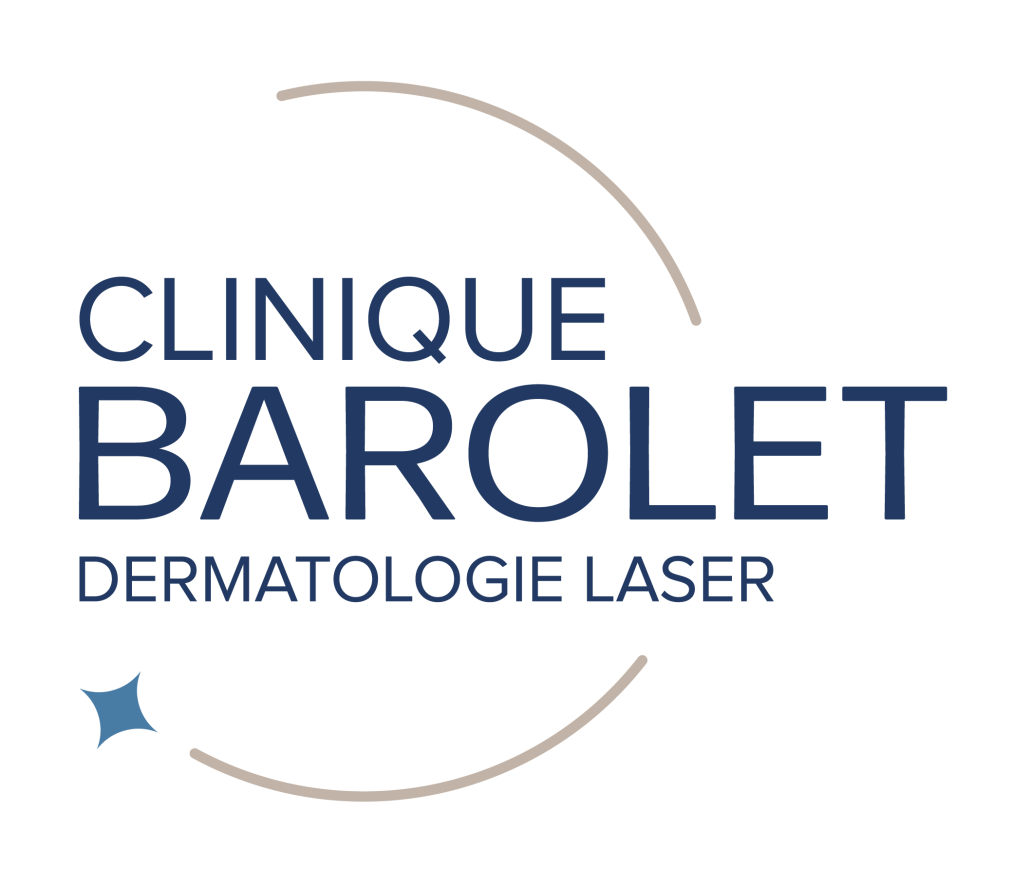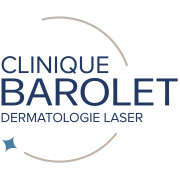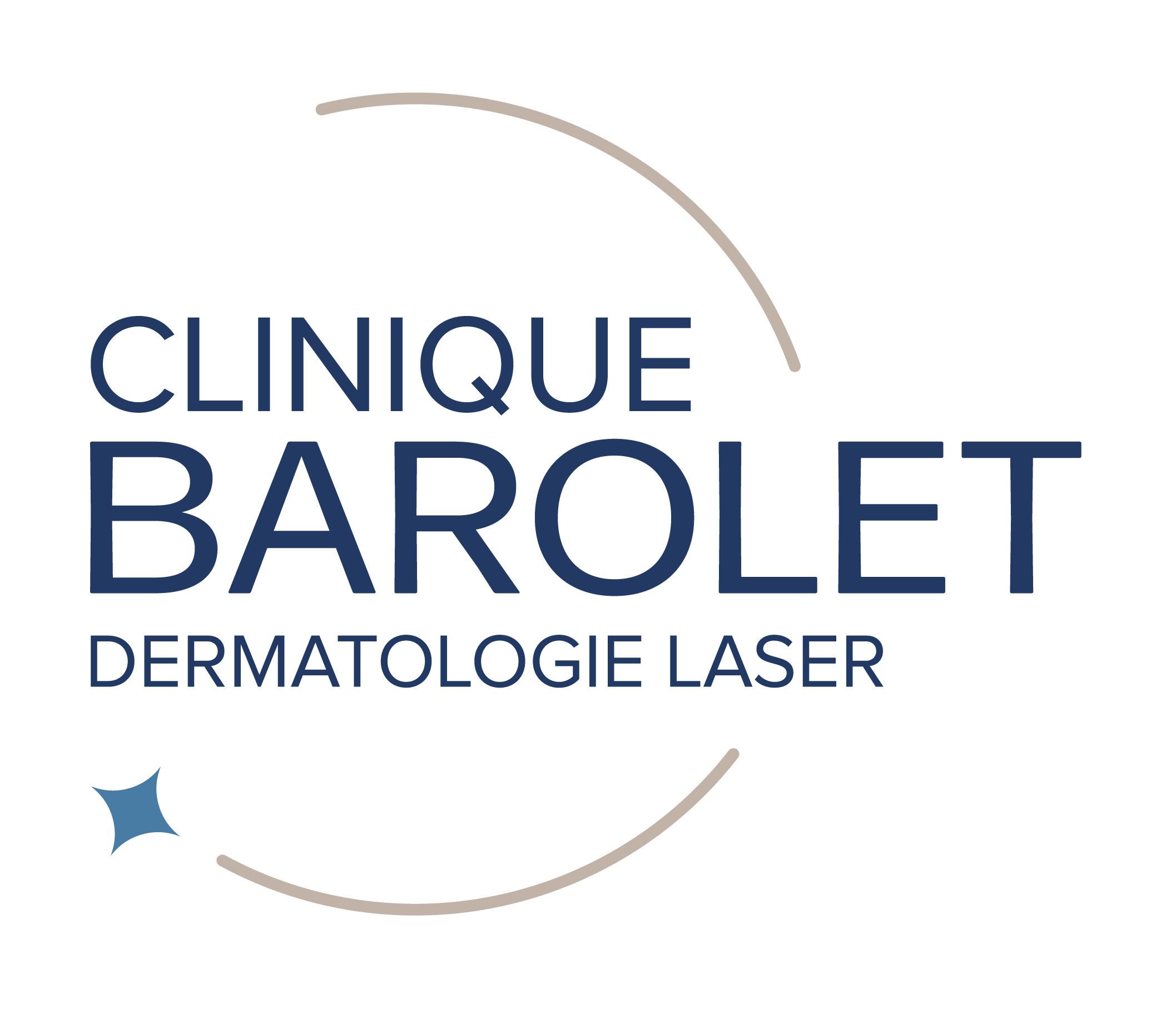
Opening hours
Tuesday to Friday, from 8:30a.m. to 4p.m.
3333, 100e Avenue #200
Laval (Québec) H7T 0G3, Canada
To book an appointment:
450 686-4744
Toll-free: 1-888-833-1303

Opening hours
Tuesday to Friday, from 8:30a.m. to 4p.m.
3333, 100e Avenue #200
Laval (Québec) H7T 0G3, Canada
To book an appointment:
450 686-4744
Toll-free: 1-888-833-1303
